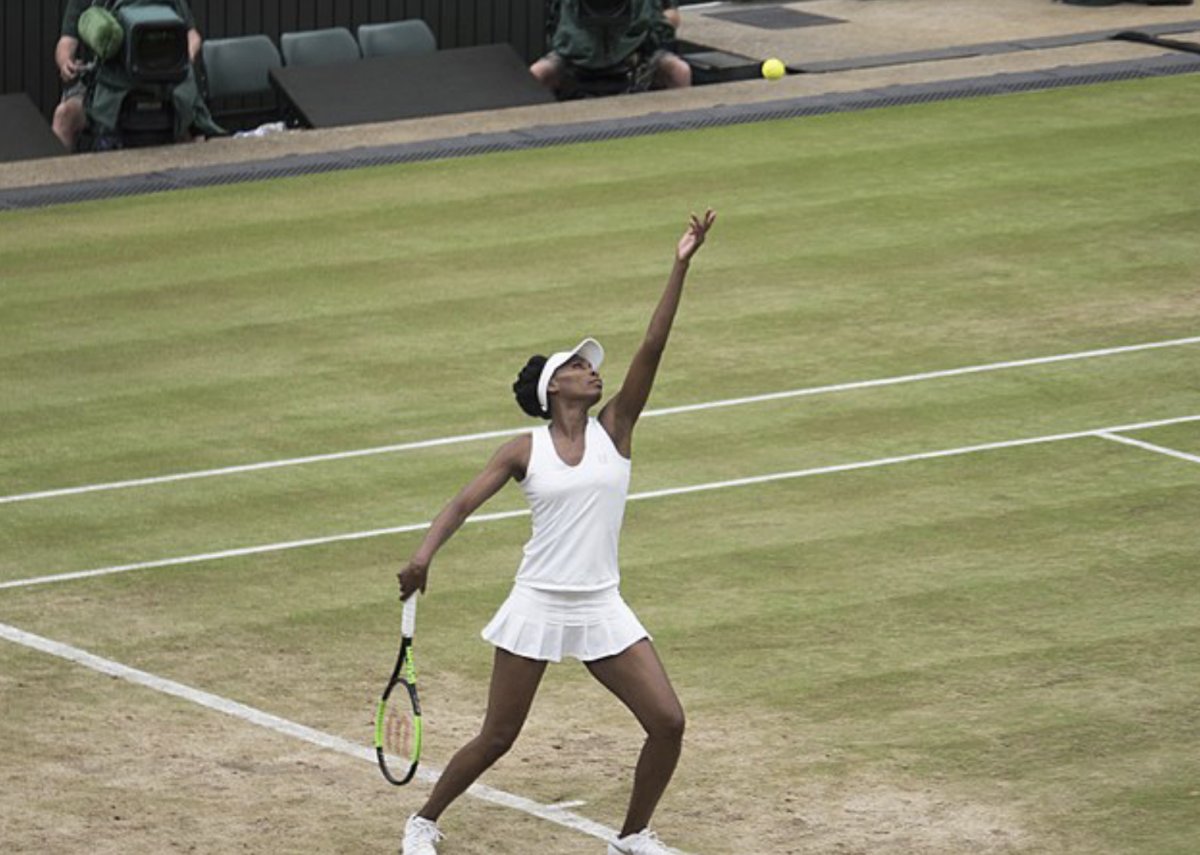Opinion: Sports Analytics Cannot Replace the “Eye Test”
Over the past few decades, technological progress has made sports analytics skyrocket in popularity. Increasingly advanced statistics have led many to believe that analytics alone can accurately illustrate a player’s value to their team. The rise of sports analytics calls into question the relevance of the “eye test,” or evaluating a player’s performance based on watching them alone. But upon further examination, it is clear that the “eye test” remains crucial in many major sports, notably basketball and soccer. However, baseball represents a significant exception to this rule.
In sports such as basketball and soccer, watching games is essential to understanding different players’ skill levels and their value to their teams. In basketball, advanced statistics have recently risen to prominence, replacing historically-favored but simple figures such as points, rebounds, assists and steals. Examples of these modern statistics include the player efficiency rating — which measures a player’s overall efficiency by considering all countable states — and true shooting percentage — which calculates a player’s free throw and field goal percentage. As stated by junior William Friedman, the head of Sidwell’s Sports Business and Analytics Club, these new-age statistics hold some merit, as they give “good insight into the volume and efficiency at which a certain player can produce offensively.” However, this representation of volume and efficiency does not accurately represent a player’s skill. Basketball is not a one-dimensional sport; the same result can be reached in many different ways. This means that statistically, two players can reach the same result, but their contributions to this result can have drastically different implications for their skill levels. Friedman provided a few examples of this notion, saying, “the quality of players’ passes, the level of their defense and the difficulty of their shots cannot be statistically represented.” As a result, watching basketball games is necessary to fully grasp a player’s skill level and their value to a team.
Similar to basketball, statistics in soccer can sometimes accurately represent the efficiency of a player but fail to provide an accurate picture of their overall skill and value. In soccer, analysts combine modern statistics, such as expected goals, chances created and key passes, with older measurements like goals and assists to determine the efficiency with which players can score. Although analysis of these figures can sometimes give valid insight into a player’s ability to produce goals, soccer is not a one-dimensional sport, and equivalent statistics can be achieved in very different ways. Thus, analysts cannot conclude the true value of a player just by looking at data. On the defensive side of soccer, statistics also do not reliably illustrate skill level. The three main data points to analyze defensive performance are interceptions, clearances and tackles. While many believe that posting high numbers in these categories equates to a good defensive performance, the opposite is often true. The better a defender shuts down an opposing player, the less they need to make a tackle, clear or interception. This notion is supported by Virgil Van Dijk’s campaign in 2019, in which he was voted the second most valuable player in the world but did not come close to the top 10 in any of these statistics.
In contrast, statistics in baseball can accurately display a player’s skill level without much help from the “eye test.” Friedman explained that “in baseball, each play has an objective result that can be measured in terms of the result’s value to the team.” This means that if two players have completely equal seasons statistically, they are equally valuable to their respective teams. Moreover, baseball statistics are some of the most advanced out of any sport. One such statistic, wins above replacement (WAR), measures a player’s total value through advanced technology by computing how many more wins he is worth than a replacement-level player in his same position. For instance, in 2016, MLB superstar Mike Trout was worth an impressive 10.5 wins above replacement. Overall, modern statistics such as WAR combined with the relative objectivity of baseball render the “eye test” useless in baseball, as statistics accurately portray skill level.
As data analysis continues to spread, ground-breaking technological advancements are bound to appear in the near future. The main challenge for new-age statistics is to account for the subjectivity of different sports, an improvement that may allow sports analysts to stop using the “eye test,” even in sports like soccer and basketball.












































